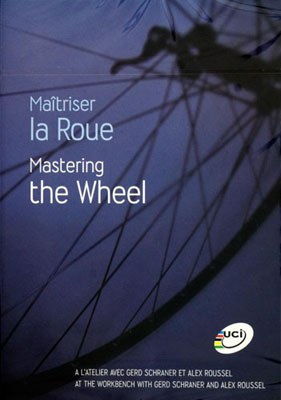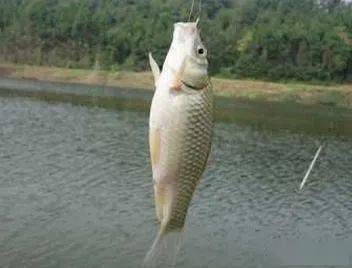Introduction
Stream fishing, with its serene surroundings and the thrill of catching fish in their natural habitat, is a captivating pastime that many beginners are eager to explore. However, navigating the waters and mastering the techniques of stream fishing can seem daunting at first. Fear not! This comprehensive guide will equip you with the essential tips and tricks to get you started on your stream fishing journey.
Understanding Stream Fishing
Before diving into the techniques, it's crucial to understand what stream fishing entails. Unlike lake fishing, where the water is typically still, stream fishing takes place in moving water, which requires different strategies and equipment.
Choosing the Right Gear
a. Rod and Reel: Beginners should opt for a lightweight rod and reel combination designed for fly fishing, as it is the most common method for stream fishing. A 4-6 weight rod is a versatile choice for various fish species.
b. Line: Use a fly line that matches the weight of your rod. For beginners, a floating line is recommended as it allows you to present your fly more naturally to the fish.
c. Leader and Tippet: Attach a leader to your fly line, which is a length of monofilament or fluorocarbon line that helps you present your fly more delicately. A 9-foot leader with a tippet of 4-6 pounds test is a good starting point.
d. Fly: Select flies that mimic the natural food sources in the stream, such as mayflies, caddisflies, and stoneflies. For beginners, simple patterns like the Adams or Elk Hair Caddis are excellent choices.
Casting Techniques
Casting is a fundamental skill in stream fishing. Here are some basic casting techniques to get you started:
a. Backcast: Hold your rod with a comfortable grip and make a smooth, controlled backcast. The goal is to achieve a tight loop that will carry your fly out to the target.

b. Forward Cast: After the backcast, sweep the rod forward in a smooth, continuous motion to deliver your fly to the target. Practice your timing and follow-through to achieve a perfect cast.
c. Roll Cast: In tight spaces or when you need to present your fly delicately, the roll cast is invaluable. It involves using the rod tip to roll the line out, minimizing the amount of slack and allowing for precise placement.
Reading the Water
Understanding the water is key to successful stream fishing. Here's how to read the stream:
a. Observe the Current: Identify the different currents in the stream, such as riffles, runs, and pools. Riffles are areas with fast-moving water, runs are slower moving, and pools are calm spots where fish often rest.
b. Look for Fish: Keep an eye out for fish rising or holding in certain areas. This indicates the presence of food and can be a good spot to cast.
c. Observe the Bottom: Determine the type of bottom you're fishing, whether it's rock, gravel, or sand. This will help you choose the right fly and presentation technique.
Enticing the Fish
Once you've reached your target, it's time to entice the fish. Here are some tips:
a. Match the Hatch: If you see fish rising, it's likely they're feeding on a specific insect. Match the hatch by using flies that mimic the insects they're feeding on.
b. Be Patient: Stream fishing requires patience. Wait for the fish to take the fly naturally rather than striking it repeatedly.
c. Adjust Your Technique: If you're not getting bites, try changing your fly, casting technique, or location. Sometimes, even the smallest adjustments can make a big difference.
Safety and Etiquette
Always prioritize safety and adhere to fishing etiquette:
a. Wear appropriate clothing: Dress in layers and wear waterproof boots to stay comfortable and safe in the water.
b. Be respectful of the environment: Leave no trace of your presence and practice catch-and-release if possible.
c. Follow local regulations: Familiarize yourself with the fishing regulations of the area you're visiting to ensure you're following the rules.
Conclusion
Stream fishing is a rewarding activity that can be enjoyed by beginners and experienced anglers alike. By understanding the basics, choosing the right gear, mastering casting techniques, reading the water, and practicing patience and safety, you'll be well on your way to becoming a proficient stream fisherman. So, grab your rod, tie on a fly, and embark on an unforgettable journey through the serene waters of a stream. Happy fishing!












